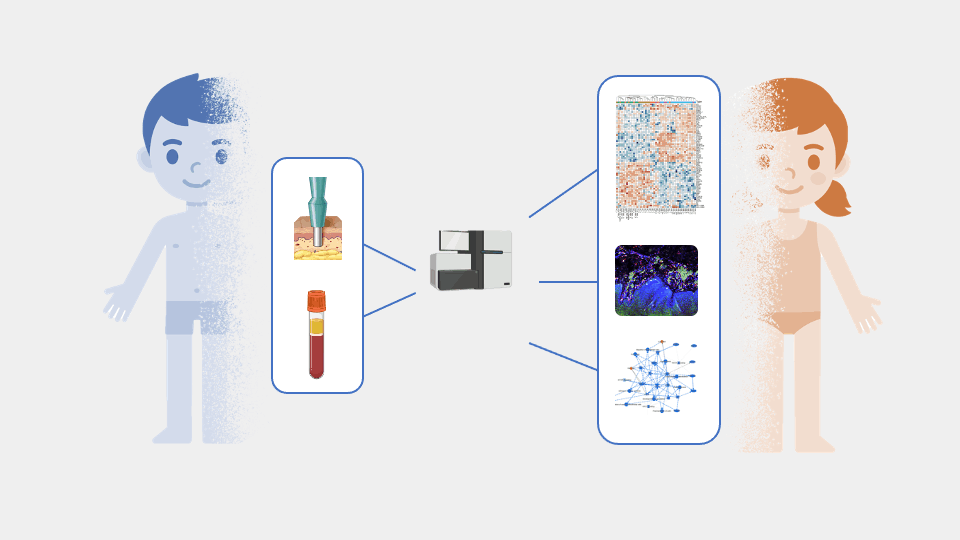
We are dedicated to advancing the understanding of immune-mediated skin diseases through innovative research and translational approaches.
Our mission is to seamlessly connect basic science with clinical application, fostering innovation and translating discoveries into meaningful patient care to treat dermatological and immunological conditions.

We delve into the molecular mechanisms underlying skin diseases to identify novel therapeutic targets. Our significant contributions include:
a. In the rare skin disease pityriasis rubra pilaris we extensively characterized the disease by molecular profiling, showed its unique inflammatory pattern, compared to other immune-mediated inflammatory diseases, and identified a potential disease mechanism with a NF-κB-mediated IL-1β-CCL20 axis
central to the disease pathogenesis. Therefore applying anti-IL-1 biologicals led to a rapid clinical improvement in otherwise treatment-refractory patients and reversal of the PRP-associated molecular signature. This work was recently published in Science Advances
This project led to an international collaborative follow-up investigation.
b. A similar approach was used in a neutrophil-mediated disease pyoderma gangrenosum where we identified IL-1β as a mayor driver of the disease leading to the first study using canakinumab, with favorable results. This work was published in the British Journal of Dermatology.
Our lab focuses on immune dysregulation and restoration of immune tolerance in autoimmune skin diseases. By pursuing this vision, we aim to revolutionize the treatment landscape of autoimmune diseases. The application of personalized medicine will not only improve individual patient outcomes but also contribute to the broader goal of advancing healthcare standards.
Numerical or functional deficiencies of regulatory T cells (Treg cells), particularly in the setting of inflammation, are observed in several autoimmune diseases, including rheumatoid arthritis, systemic lupus erythematosus, multiple sclerosis, type 1 diabetes, and inflammatory bowel disease.
Different approaches are used for restoration of immune tolerance, as we summarized in Nature Reviews Rheumatology and Trends Molecular Medicine.
In vitiligo, several studies already reported deficiencies in regulatory T cells, as we recently summarized in Regulatory T Cells and Autoimmune Diseases.
For deeper understanding of pathomechanisms and molecular profiling we use scRNAseq and TCRseq, multiparametric spectral flow cytometry and spatial transcriptomics. Additionally, we are investigating antigen-specificity of pathogenic effector cells.
Our findings in this area are currently in preparation.
We are actively pursuing in the development of novel therapeutics for immunomodulation in dermatological diseases. Key projects include:
• MTX-Gold Nanoparticles: Developing methotrexate-conjugated gold nanoparticles for targeted therapy (Journal of Investigative Dermatology).
• Gluconolactone as a first-in-class immunomodulatory approach: Creating a novel molecule effective in treating autoimmune skin diseases, esp. lupus including ongoing work on other indications. This groundbreaking work was recently published in Science Translational Medicine.
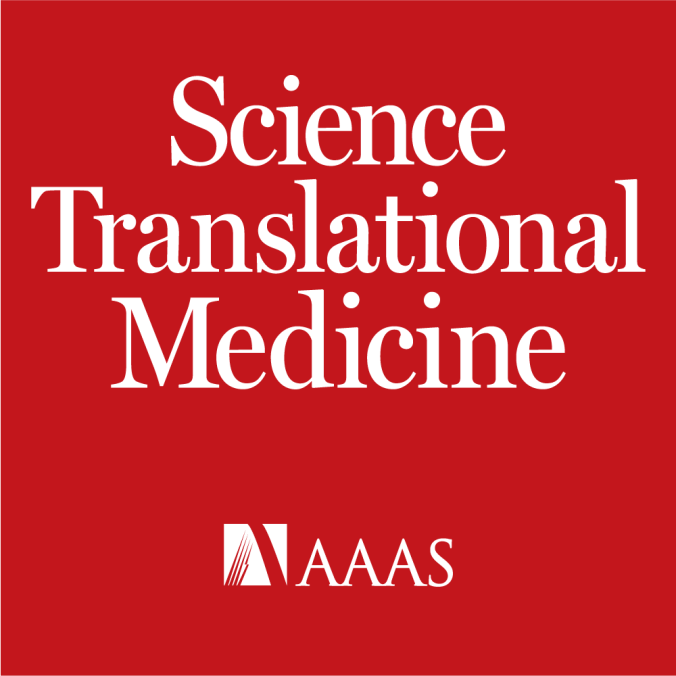
Li W*, Kolios AGA*, Pan W, Burbano C, Karino K, Vichos T, Humbel M, Kyttaris VC, Tsokos MG, Tsokos GC.
Sci Transl Med. 2025 Feb 19;17(786):eadp4447.
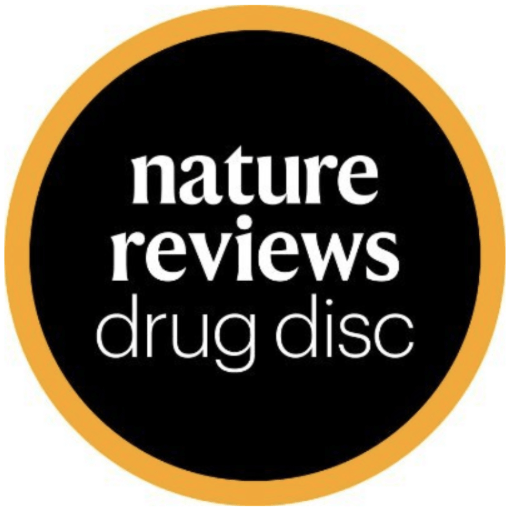
Scherlinger M*, Kolios AGA*, Kyttaris VC, Tsokos GC.
Nat Rev Drug Discov. 2025 Jul 17. doi: 10.1038/s41573-025-01242-0.
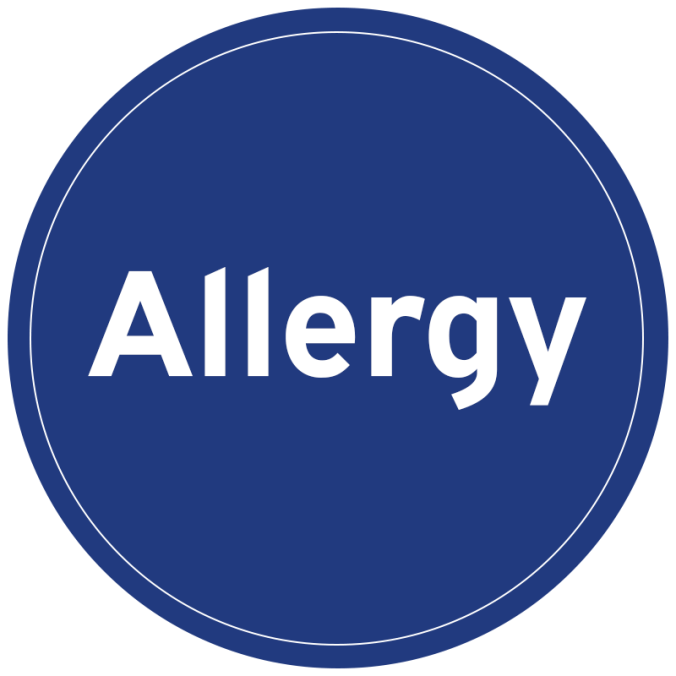
Chaker A, et al. and Kolios AGA
Allergy. 2025 Jul 9. doi: 10.1111/all.16656.

Schmauch E, Severin Y, Xing X, Mangold A, Conrad C, Johannsen P, Kahlenberg JM, Mellett M, Navarini A, Nobbe S, Sarkar MK, Satyam A, Tsoi LC, French LE, Nilsson J, Linna-Kuosmanen S, Kaikkonen MU, Snijder B, Kellis M, Gudjonsson JE, Tsokos GC, Contassot E, Kolios AGA.
Sci Adv. 2024 Jul 5;10(27):eado2365.
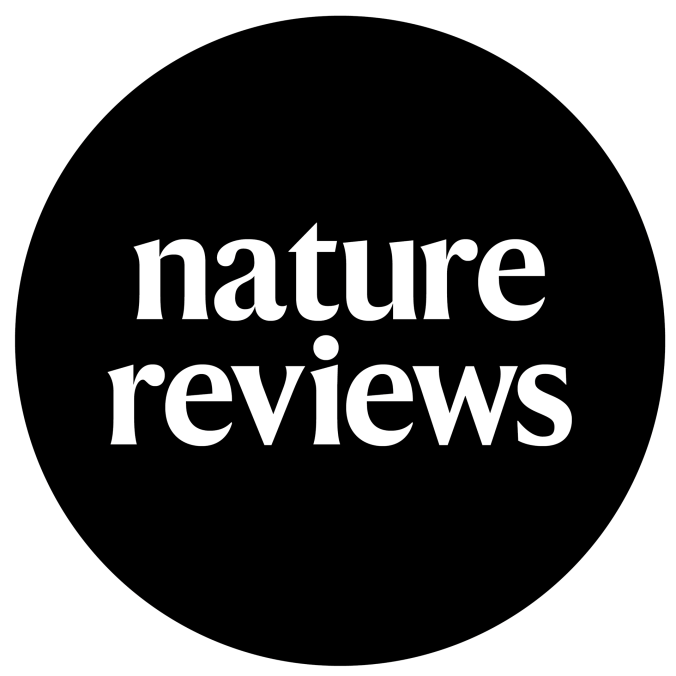
Kolios AGA, Tsokos GC, Klatzmann D.
Nat Rev Rheumatol. 2021 Dec;17(12):749-766.
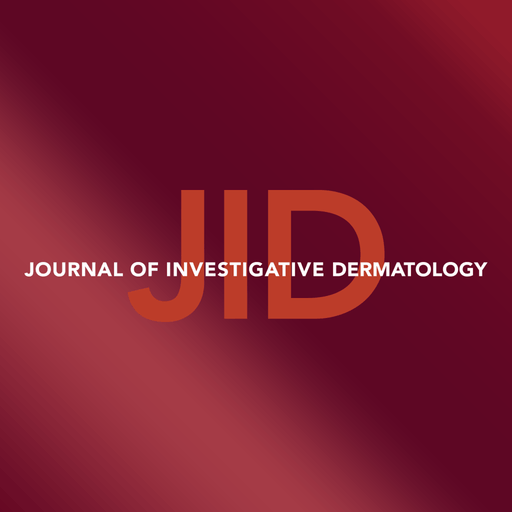
Özcan A, Sahin D, Impellizzieri D, Nguyen TT, Hafner J, Yawalkar N, Kurzbach D, Tan G, Akdis CA, Nilsson J, Boyman O, Kolios AGA.
J Invest Dermatol. 2020 May;140(5):1003-1014.e8.
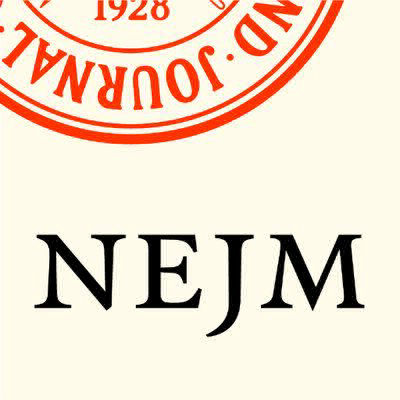
Kolios AGA, Yawalkar N, Feusi A, Kündig T, Boyman O, Nilsson J.
N Engl J Med. 2019 Nov 14;381(20):1975-1977.

Kolios AG, Maul JT, Meier B, Kerl K, Traidl-Hoffmann C, Hertl M, Zillikens D, Röcken M, Ring J, Facchiano A, Mondino C, Yawalkar N, Contassot E, Navarini AA, French LE.
Br J Dermatol. 2015 Nov;173(5):1216-23.

Yuan Y*, Kolios AGA*, Liu Y, Zhang B, Li H, Tsokos GC, Zhang X.
Trends Mol Med. 2022 Jul;28(7):596-612.
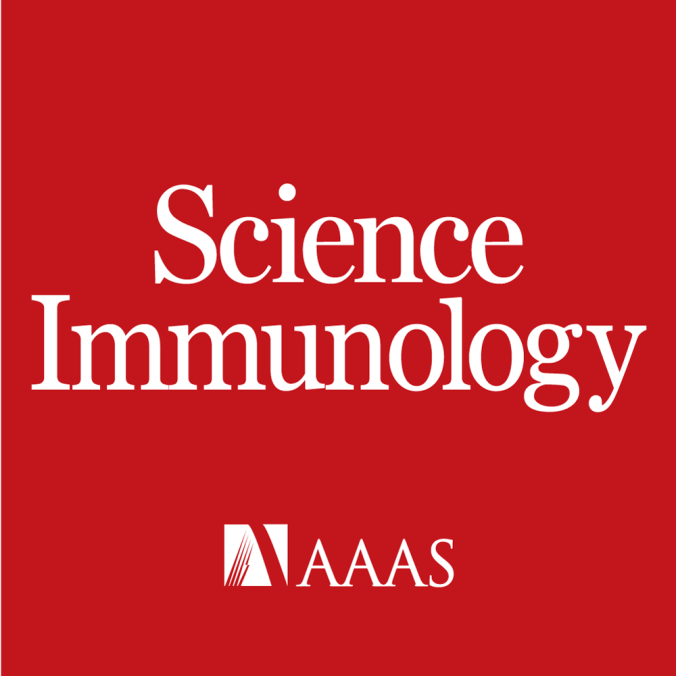
Özcan A, Collado-Diaz V, Egholm C, Tomura M, Gunzer M, Halin C, Kolios AGA, Boyman O.
Sci Immunol. 2022 Feb 4;7(68):eabi9126.

Thevan J, Schmauch E, Nilsson J, Guillet CF, Boesch A, Krähenbühl L, Meier-Schiesser B, Schmid-Grendelmeier P, Kündig T, Kolios AGA.
Dermatology. 2024 Jul 29:1-8.

Kolios AGA, Tsokos GC.
Lancet Rheumatol. 2022 Oct;4(10):e652-e654.




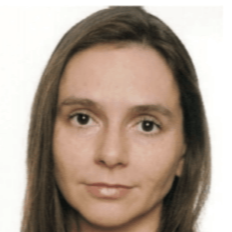



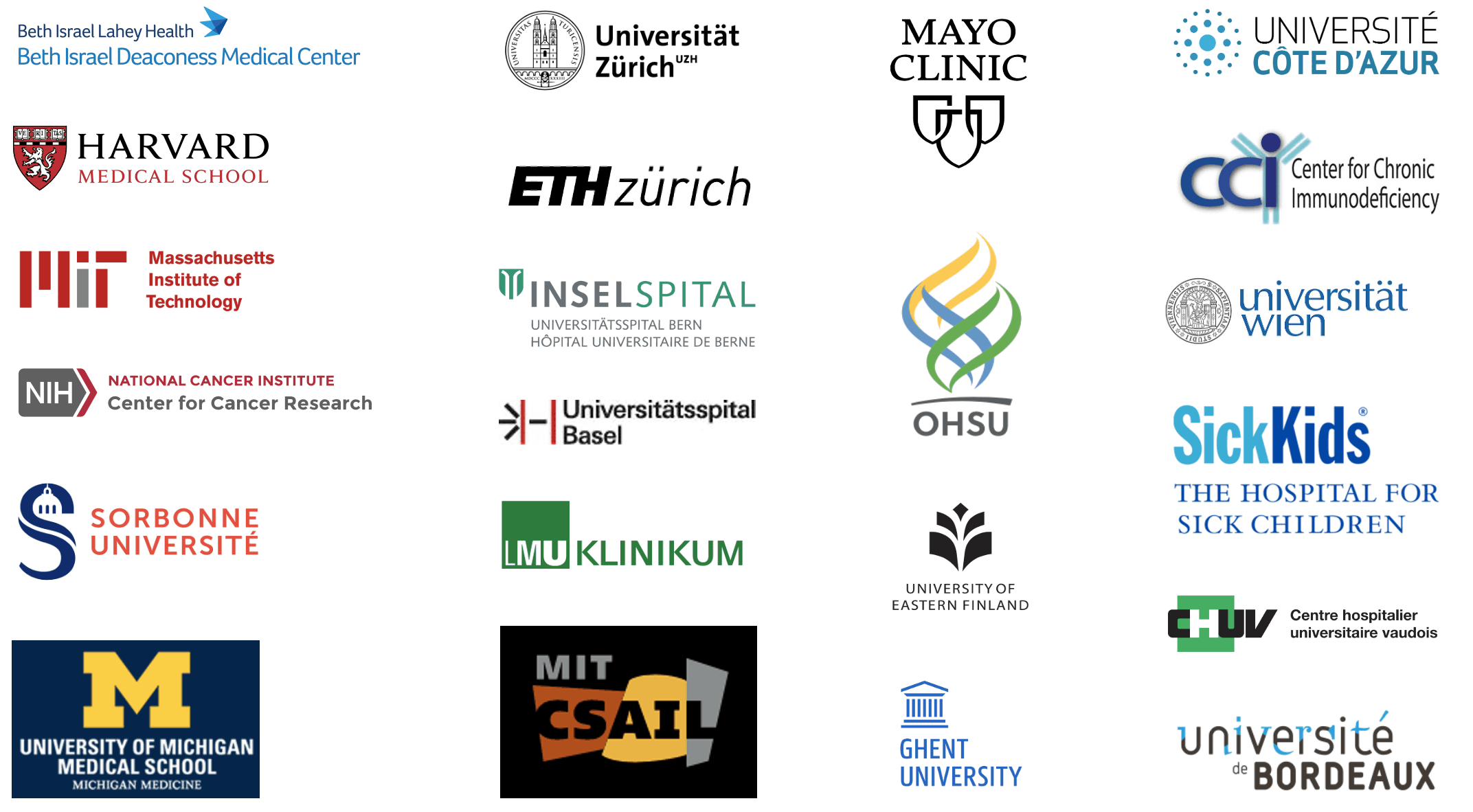
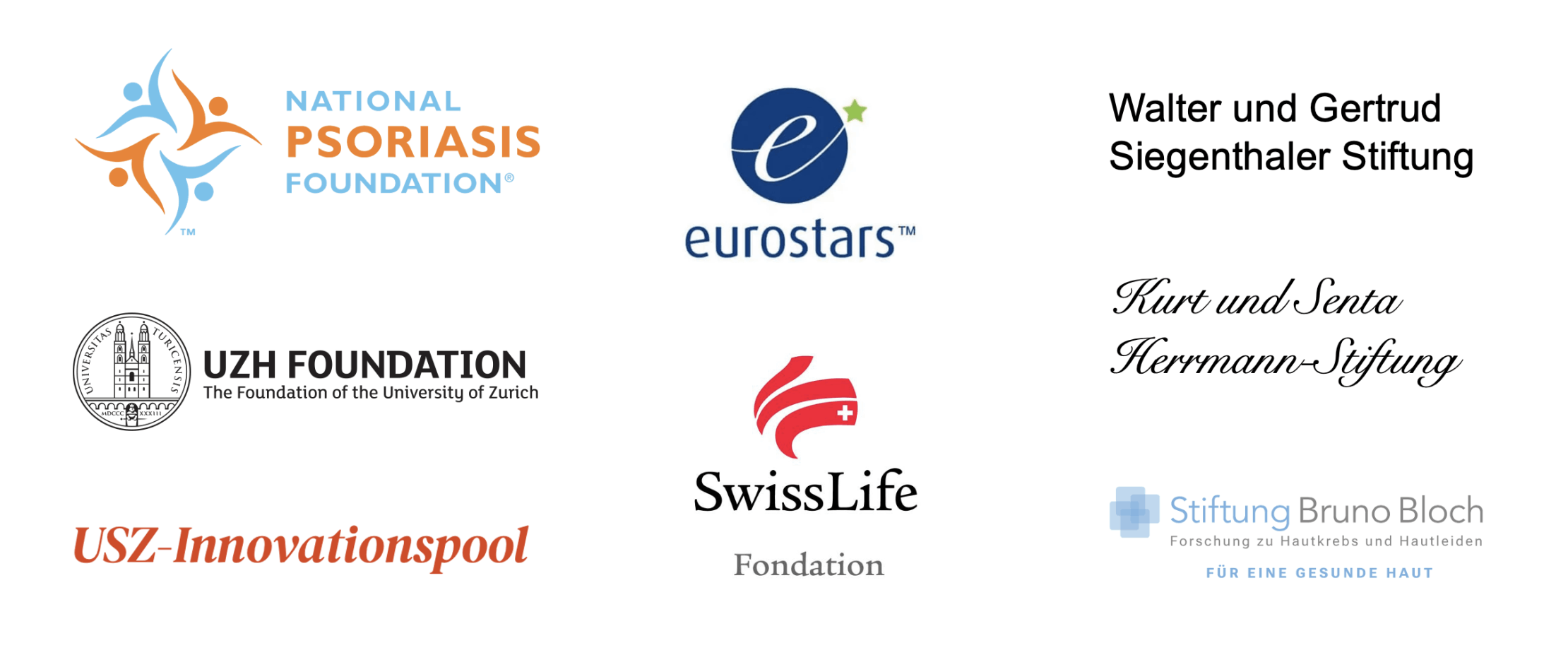
University of Zurich, Department of Dermatology
Wagistrasse 14, 8952 Schlieren, Zürich, Switzerland
info(at)kolioslab.com
AI Website Generator